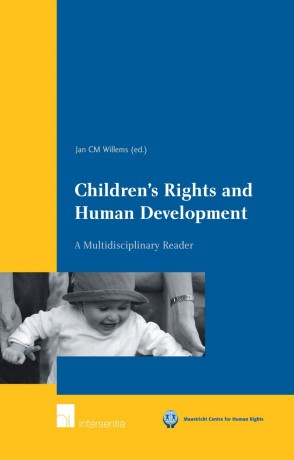
Children's rights and Human development is a new and uncharted domain in human rights and psychology research. This multidisciplinary Child Rights Reader is a first attempt to introduce this domain to students and researchers of children's rights, child development, child maltreatment, family and child studies and related fields.For many lawyers, children's rights are limited to their legal dimension: the norms and institutions of international human rights law, often with an exclusive focus on the Convention on the Rights of the Child and its monitoring treaty body, the Committee on the Rights of the Child. However, there are three more dimensions to children's rights. Children's rights share a moral and a political dimension with all human rights, which most non-international lawyers all too often overlook. And children's rights have a fourth dimension: the time dimension of child and human development. This time dimension is multidisciplinary in itself. Human development begins - at least - nine months before child birth. When we are four years of age, our brain is ninety percent adult size. The infrastructure of our personality, health and resilience is formed in our first years of life. Determined by the quality and sheer quantity of parent-child interaction. Based on the successful outcome of our first developmental task in life: secure attachment formation. Yet, more than one third of our children are not securily attached. According to research published in The Lancet in 2009, one in ten children in high income countries is maltreated. Violence against children is a worldwide plague. Socio-economic and socio-emotional deprivation are still transmitted from generation to generation in both rich and poor states.Investing in early childhood, positive parenting and child rights education makes sense. From both a human, a human development, a human rights, a child rights and an economic perspective. This Child Rights Reader brings together substantial and fascinating texts from many fields and disciplines that illustrate and elaborate this point. Arranged in ten chapters titled according to pertinent child rights principles and concepts, these texts offer a state-of-the-art view of the enormous progress made in the past decades and years in several fields of human knowledge. In between these texts several news and factual items inform the reader on the huge gap that still exists between what we know and what we do to make this world a better place for children, and thus to promote human development and better protect human rights. Child rights violations are still met with more rhetoric than leadership. But change is on its way. The texts in this book may be used both as background readings and as tasks for group discussion in problem based learning or other educational settings in child rights law and psychology courses. But this book also aims at a broader academic and public audience interested in the many aspects and ramifications of Children's rights and Human development.